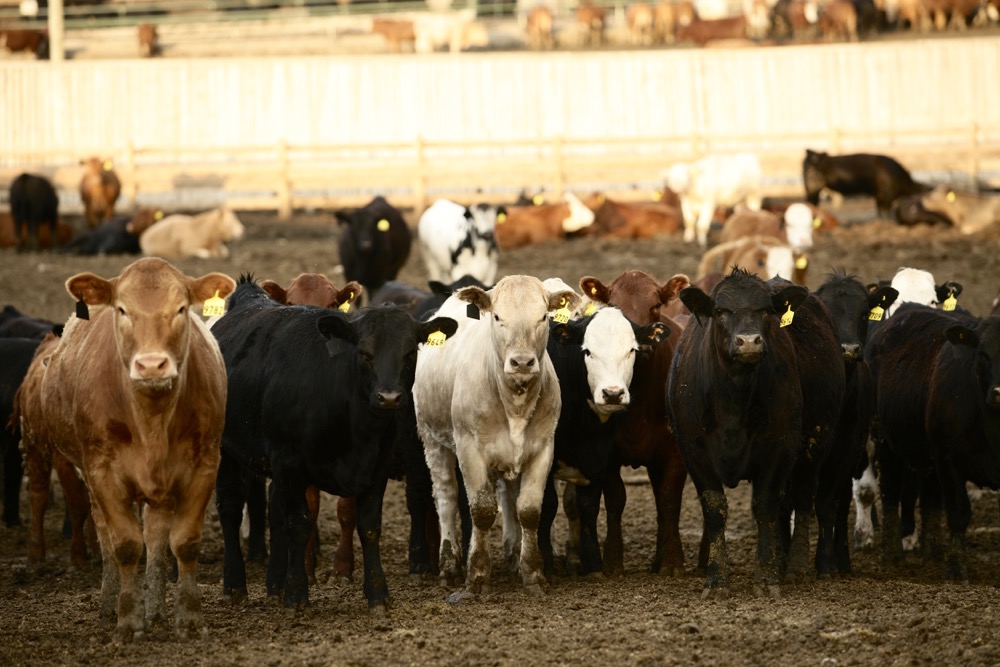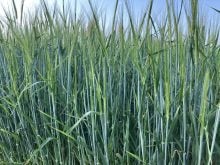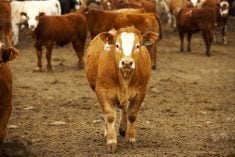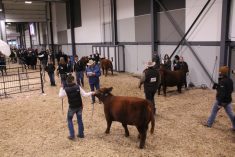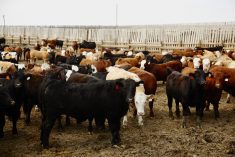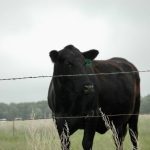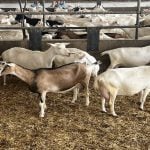Fed cattle
The Alberta fed cattle average set new highs each week as the market entered September. This contra-seasonal price pattern is a result of manageable summer supplies, solid demand and a softer Canadian dollar. It is encouraging to see beef demand and retail sales remain strong as consumers navigate inflation across North America.
At the start of September, the fed steer average in Alberta was $180.43/cwt, which is $24.16/cwt higher than the same time last year and over $37/cwt above the five-year average for the start of September. The U.S. fed market has come under pressure over the past two weeks, which is seasonally normal. However, tightened supply of front-end market-ready cattle coupled with continued strong beef demand in their domestic and export markets.
Read Also
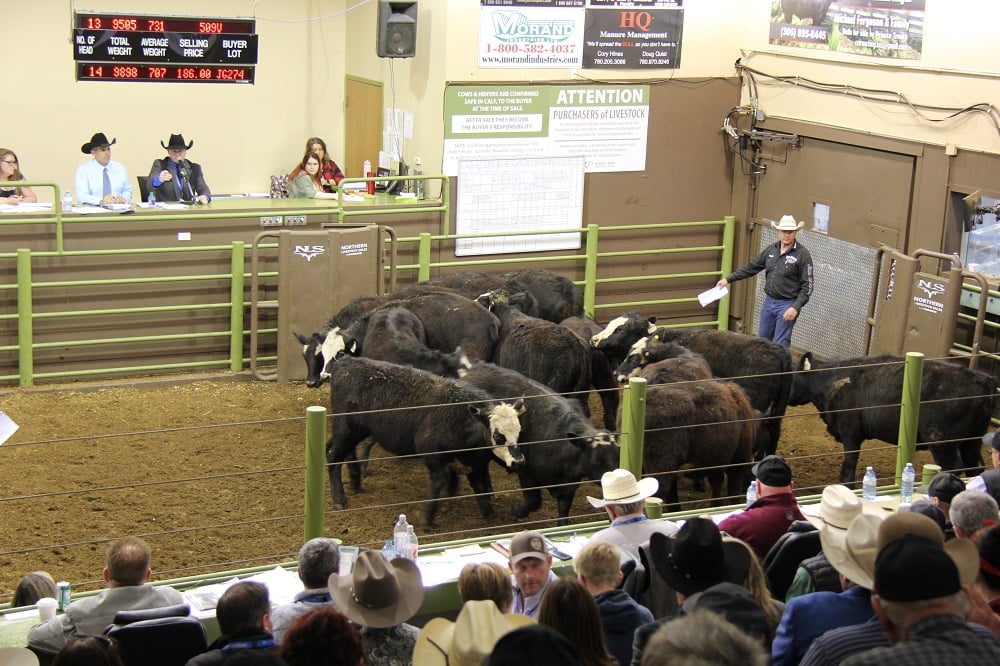
Cattle Market Summary
Break-evens, cow and calf prices, plus market summaries courtesy of Canfax and Beef Farmers of Ontario. Cost of Production October…
Nonetheless, while the local market ticks higher in Alberta and the U.S., the early September cash-to-cash basis remains wider than historically normal, at -$9.17/cwt under the U.S. market. A year ago, the cash basis was -$1.52/cwt and the five-year average sits at $1.50/cwt over the U.S. market.
Fed steer slaughter numbers in Canada through the first eight months of the year are down one per cent to 1,152,232 head while fed heifer numbers are larger, up two per cent to 686,564 head. This larger heifer slaughter number reinforces the recent Statistics Canada inventory report which stated beef replacement heifer numbers are the smallest since 2010 in this country. As stated above, beef export demand is solid. This is also the case with live fed cattle. Exports of fed cattle, including cows, are up 17 per cent from a year ago at 308,245 head.
Deb’s outlook for fed cattle: As consumers return to fall routines, incurring all the additional expenses that come with that, may mean fed prices struggle to maintain current levels. However, the longer-term outlook remains bullish, supported by strength in the live cattle futures, tightening supplies in North America, good demand, a lower Canadian dollar and a strong export market.
Feeder cattle
Good buyer demand has pushed feeder prices higher through the third quarter on both yearlings off grass and calves. Throughout August, volumes of feeders remained well below a year ago as pasture conditions were much better in 2022, and yearlings and calves stayed out on grass longer.
Light volumes of calves sold in recent weeks have been met with eager buyers looking to fill pens and take advantage of reduced cost of gain and potential hedging opportunities. Calves that have already made their way to the sale barn have seen steadily increasing prices. The 550-lb. feeder steer average at the start of September was $262.30/cwt, an increase of $22/cwt from the start of August and over $37/cwt higher than a year ago. The average price on 550-lb. heifer calves is $33.50/cwt back from the steers. In general, prices on feeders that have been sold on video sales with deferred delivery dates are encouraging. Calves with late third- and fourth-quarter delivery dates are most often selling at premiums to current averages.
The price of yearlings coming off grass has increased steadily through the last month, up over $23/cwt from just four weeks earlier. The start of September saw the 850-lb. feeder steer average at $239.19/cwt, which was $43.94/cwt over the same week in 2021. The 850-lb. feeder basis has strengthened seasonally, as strong as $1.82/cwt over.
The basis as of September 2 is -$2.05/cwt. Export demand for feeder cattle is strong. Feeder exports up to August 20 are 119 per cent larger than a year ago, totalling 152,725 head.
Deb’s outlook for feeder cattle: Recent high temperatures have caused pastures to deteriorate. As the calf supply increases in the coming weeks, prices may come under some short-term pressure. However, live cattle futures, a lower Canadian dollar and decreased grain prices are improving interest and offering increased risk-management opportunities. Strong technical markets coupled with lower feed prices, tight feeder supplies and empty pens favour the fall feeder run. Expect some seasonal pressure, but the overall tone of the feeder market through the fall run will be well above recent years.
Non-fed cattle
Statistic Canada’s most recent inventory report shows an ongoing decline in the Canadian cow herd. The same is true in the U.S. The smaller cow supply in North America coupled with strong domestic and export demand for grinding and trim meats has led to a strong summer market for cull cattle. In most years the cull cow price peaks in the late spring or very early summer, then drops lower throughout the summer and into fall. This year, a steady incline led to a D1,2 cow annual high in the last week of August at $115.58/cwt. In the first week of September, the price backed off to $112.78/cwt. However, extreme hot weather across the Prairies led to very light volumes moving during the week.
The early September average D1,2 cow price is $36.38/cwt higher than a year ago and is a $41/cwt improvement since the start of the year. After trading on the high side of $130/cwt for eight weeks in a row, the butcher bull prices dipped to $128/cwt at the start of September. Non-fed domestic cow slaughter to the end of August is two per cent larger than a year ago at 296,390 head while bull slaughter is 21 per cent smaller at 9,357 head.
Deb’s outlook for non-fed cattle: As larger fall volumes hit the market, they will pressure non-fed prices. Expect prices to soften. However, a weaker Canadian dollar and solid ground beef demand due to consumers looking for economical protein options will keep a solid floor on the market and limit the downside through the fall run.

